Fiat 1200 Wonderful by Vignale
From 1953 Fiat produced the newly developed 1100-103 with a self-supporting body and a 36 hp 1.1-liter four-cylinder engine. Above this was the 1100-103 TV with 50 hp. In 1956 the 1100-103 E with 40 hp replaced the 1100-103 and one year later there was the 1100-103 D with 43 hp. The TV was replaced in 1957 by the new 1200 Granluce with 53 hp from 1.2 liters capacity. Based on both sedans, there were numerous special bodyworks from external coachbuilders available. Particularly active at that time was the company Vignale, which was founded in 1939 by the three brothers Alfredo, Guglielmo and Eusebio. Due to World War 2, however, it wasn’t until 1946 that the company began to design independent bodies. They were quickly able to establish themselves alongside Pinin Farina, win numerous design awards and dress various Alfa Romeo, Cisitalia, Fiat, Lancia, Maserati and Ferrari vehicles. These were mainly one-off cars commissioned by customers, more rarely small series orders, whose bodies were hand-beaten into shape. The main material used was steel sheet, although in rare cases aluminium or even fibreglass-reinforced plastic was also used as a base material. The authoritative designer was Giovanni Michelotti. In addition to the prizes for good looks, sports cars with Vignale bodies also achieved victories at the Mille Miglia, the Targa Florio, the 24 Hours of Le Mans or the Carrera Panamericana.
On the basis of the Fiat 1100-103 E and the 1200 Granluce with the same wheelbase mentioned above, Giovanni Michelotti developed a two-door coupé for 1957 that was well worth seeing, with a special highlight. For probably the first time in the history of automobiles, a part of the roof above the passengers’ heads could be removed by hand and carried in the trunk. From 1965 Porsche provided a name for this concept that is still used by most people today: Targa. At Vignale, on the other hand, the car, which was designed in the style of the time with hinted tail fins and panorama rear window, was simply called ‘Wonderful’. On the sides, from the front fenders to the rear lights, there was a contrasting area, the color of which was also used for the roof. Chrome on bumpers, rims and various details was also an eye-catcher. Since the two carburettors on the four-cylinder engine didn’t project upwards centrally, but laterally offset, the bonnet was given a corresponding bulge including a little air intake.
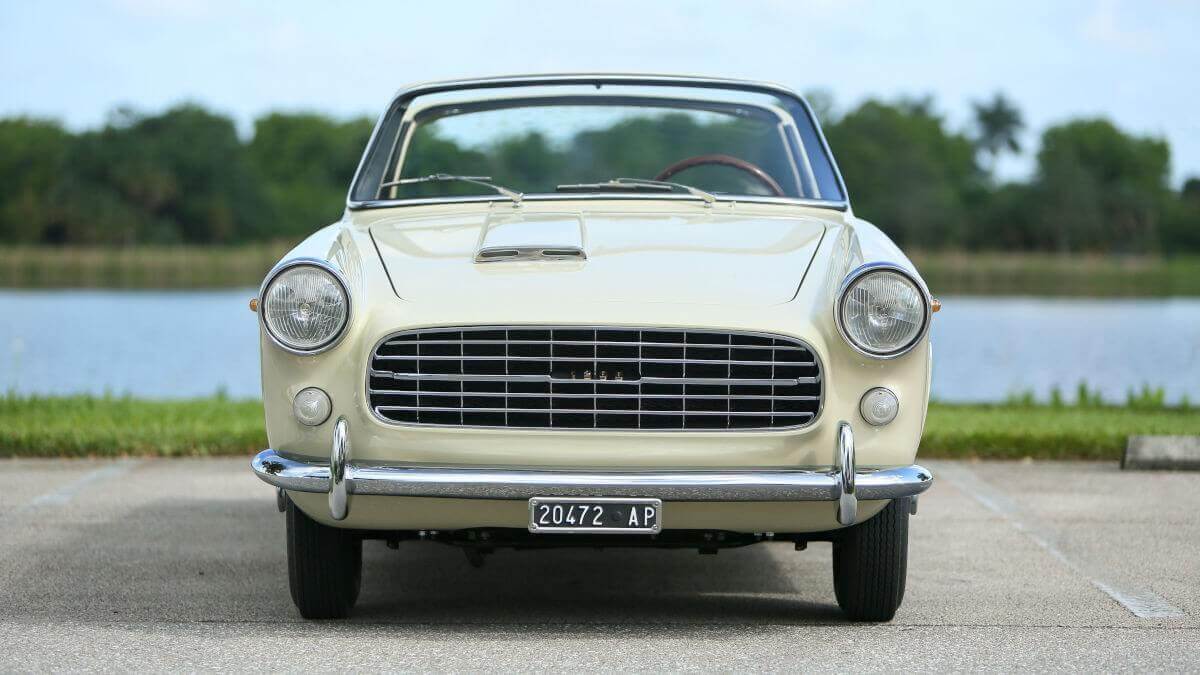



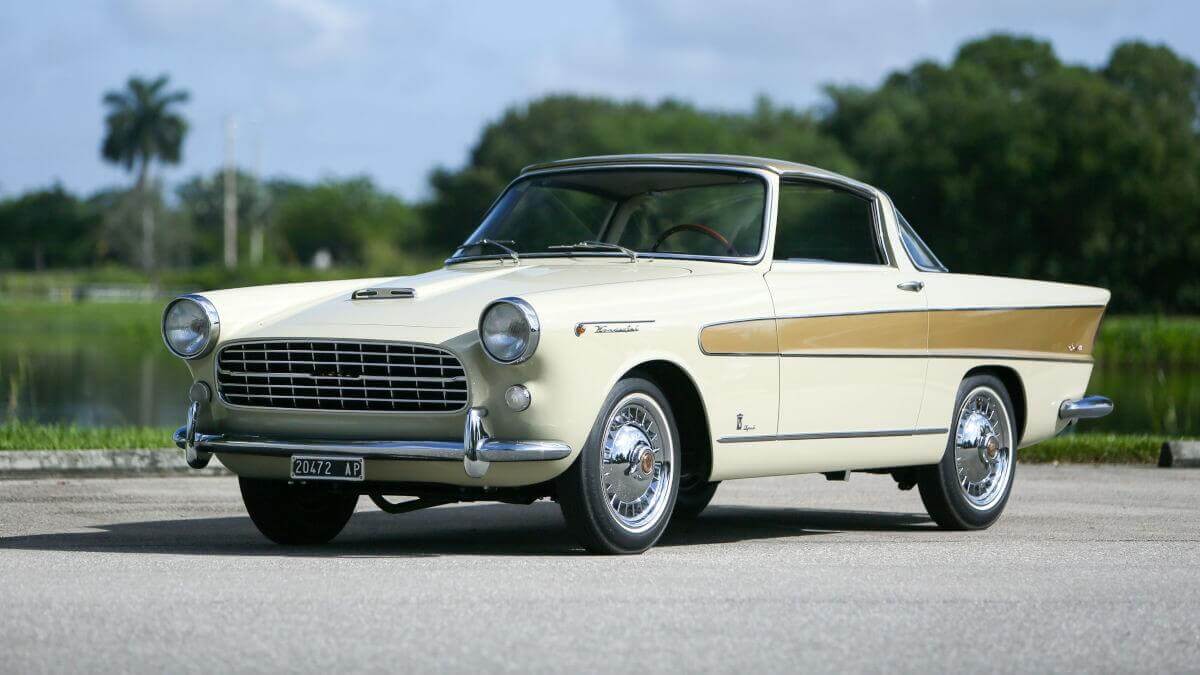



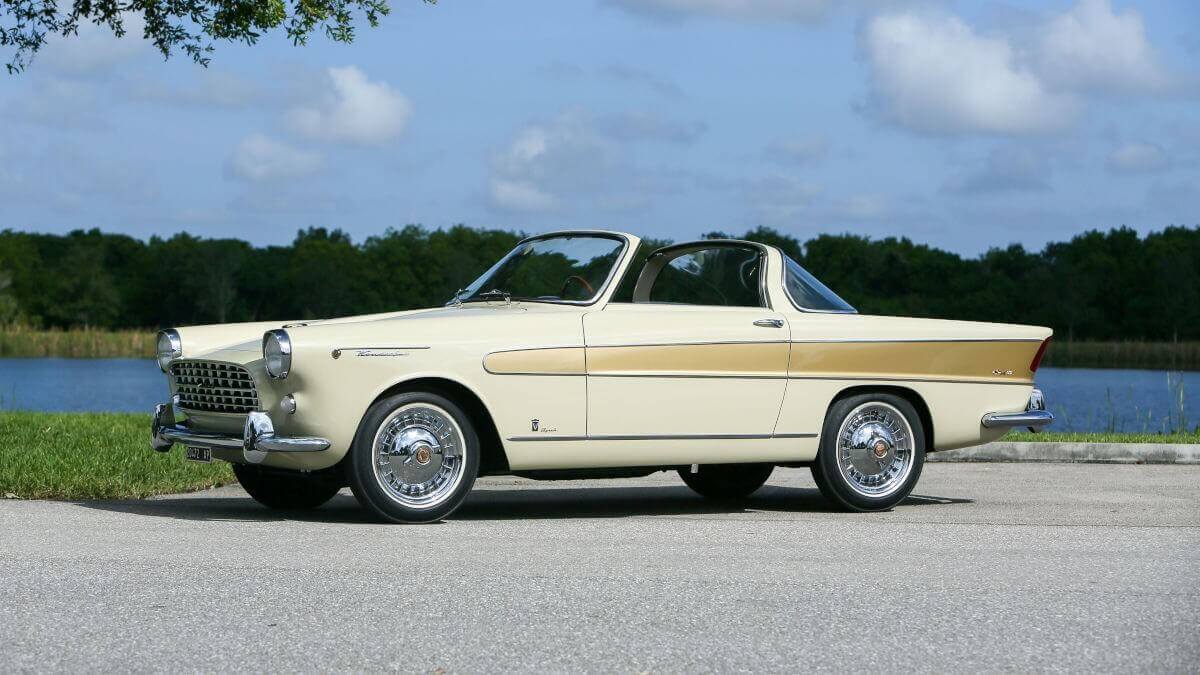



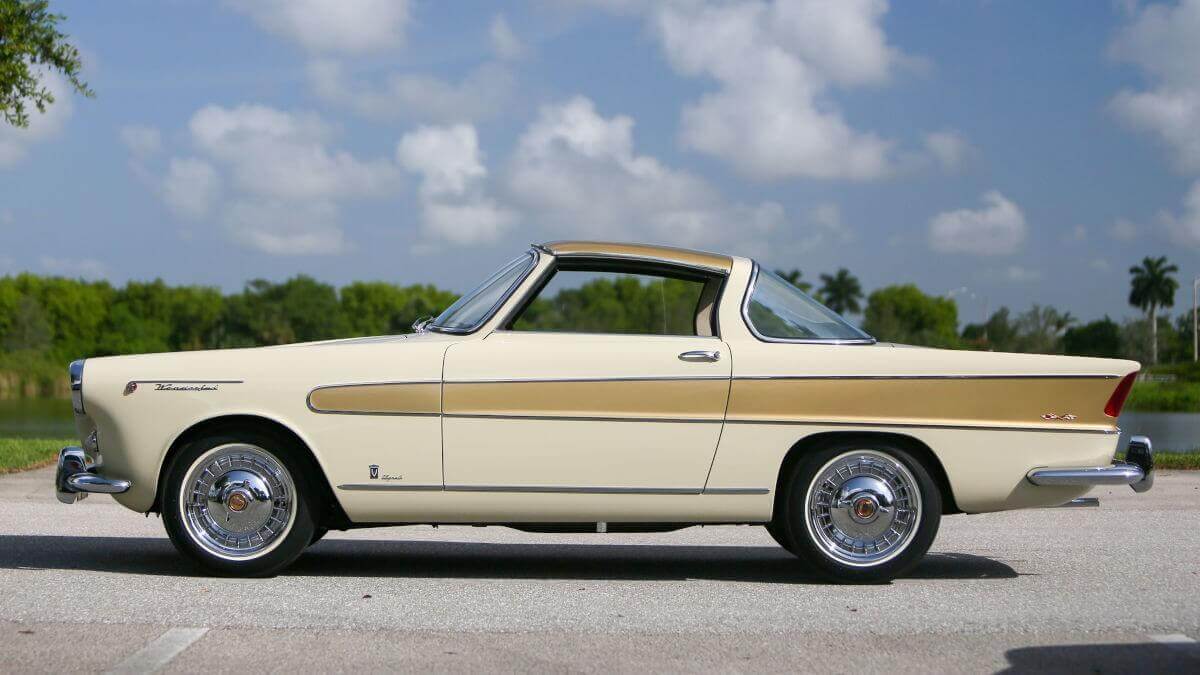



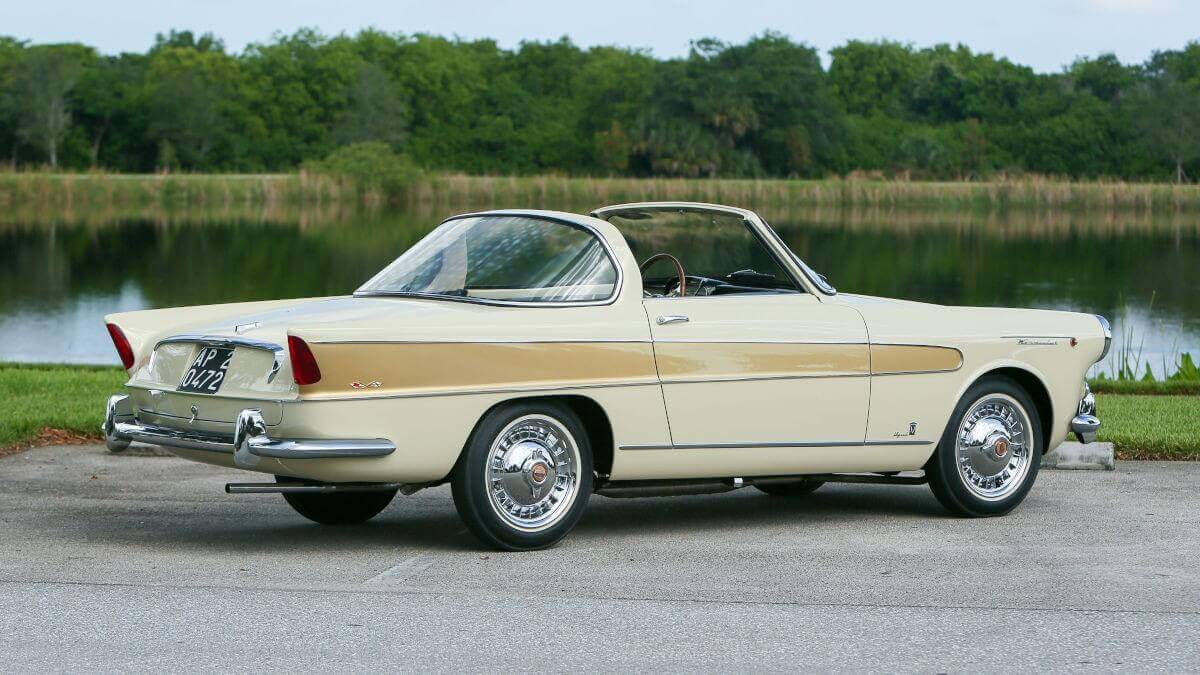



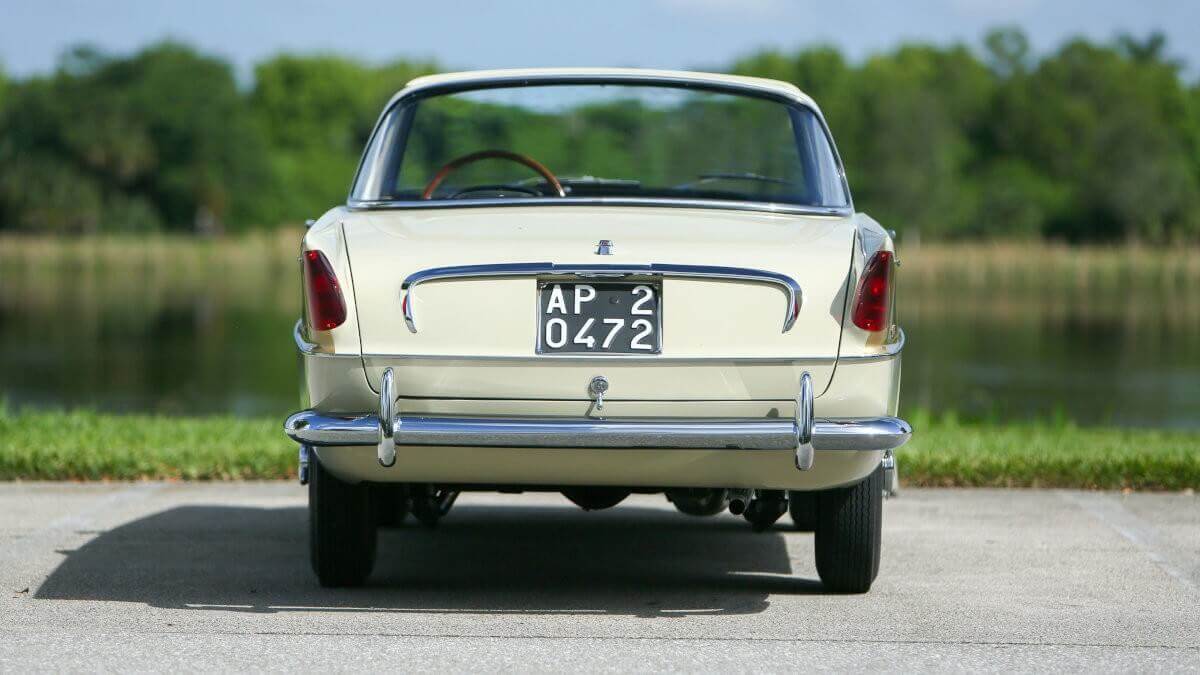



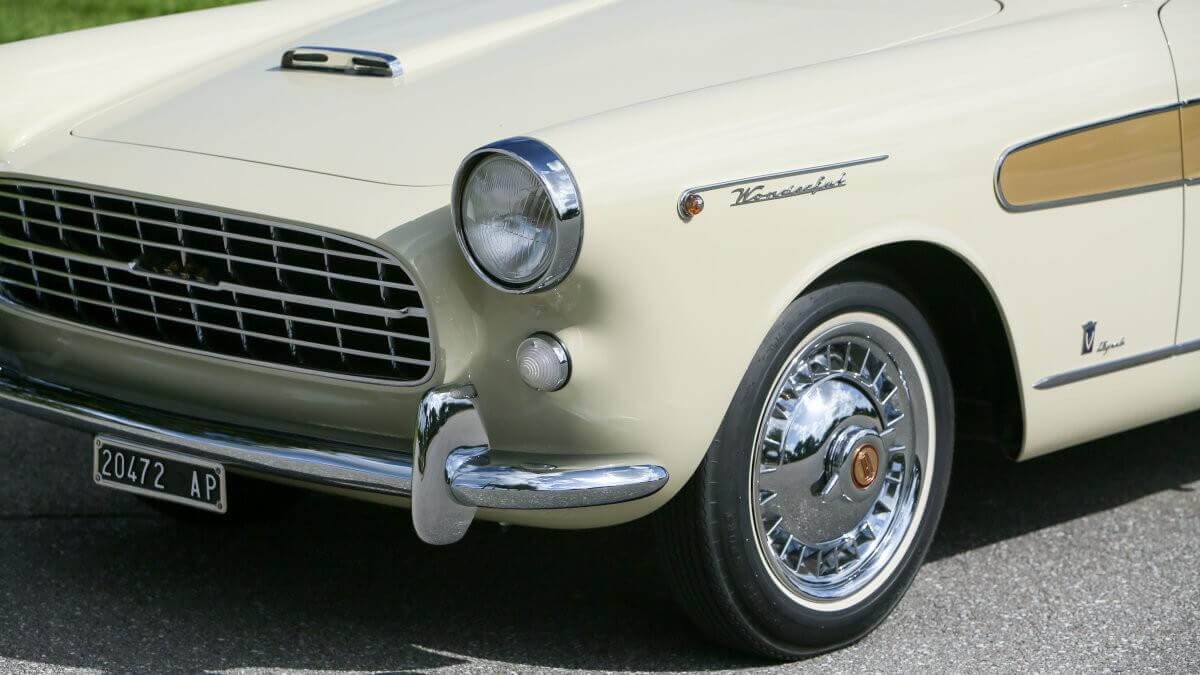



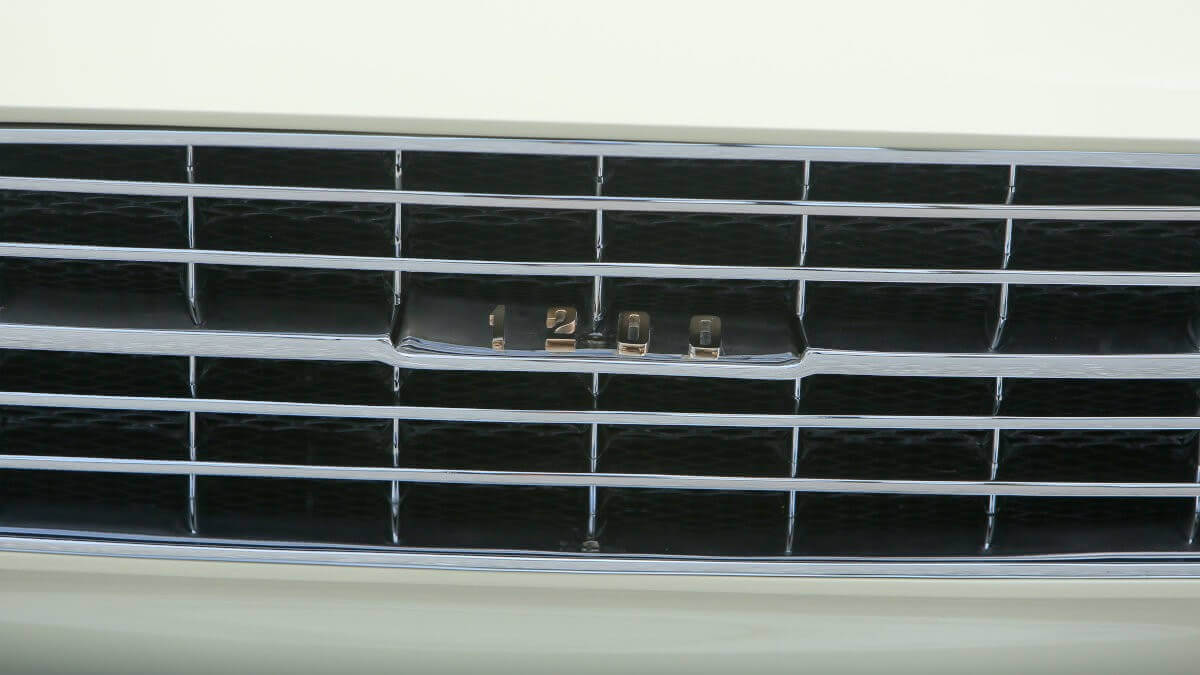



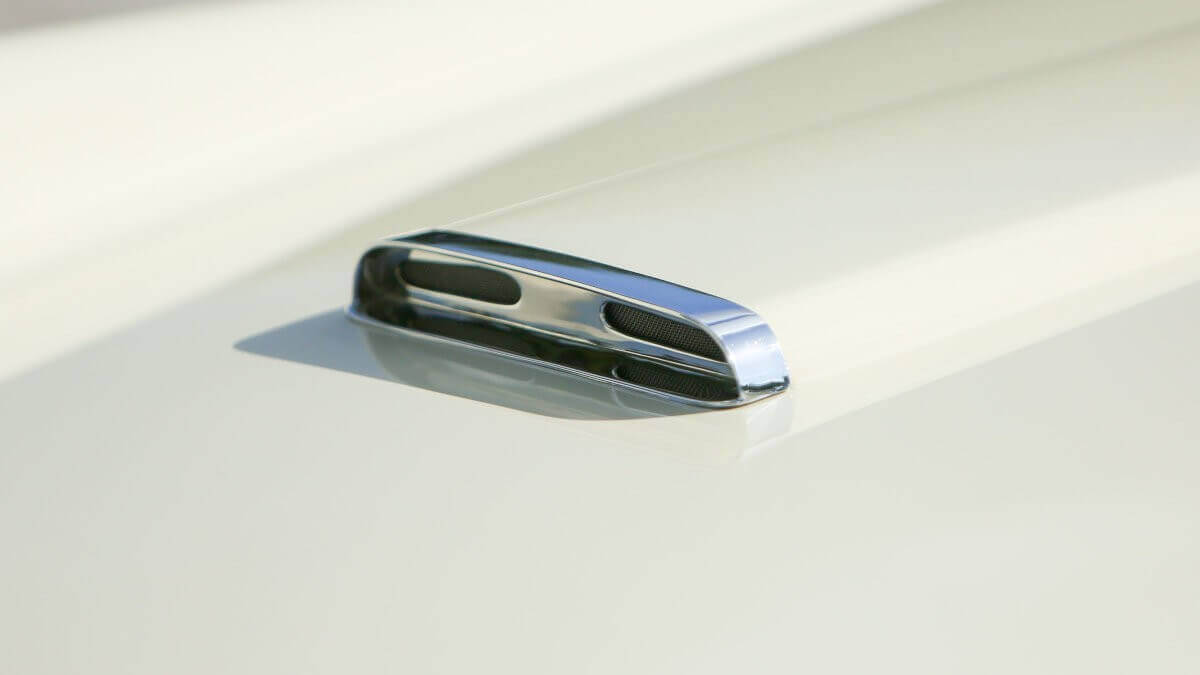



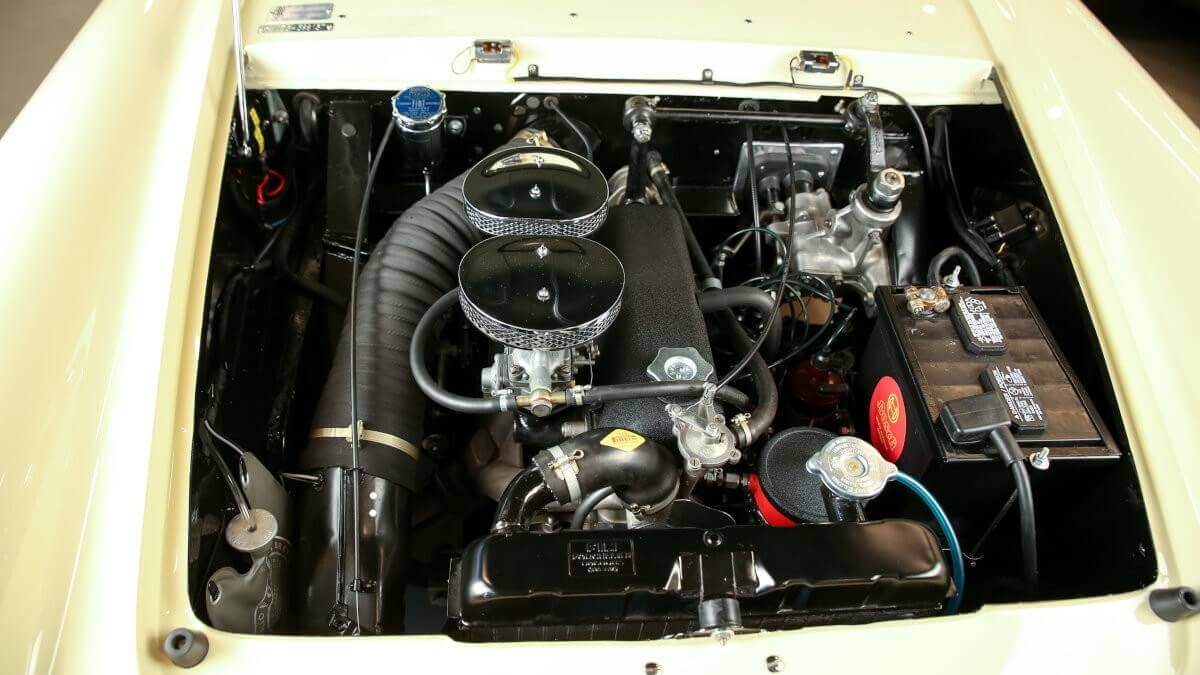



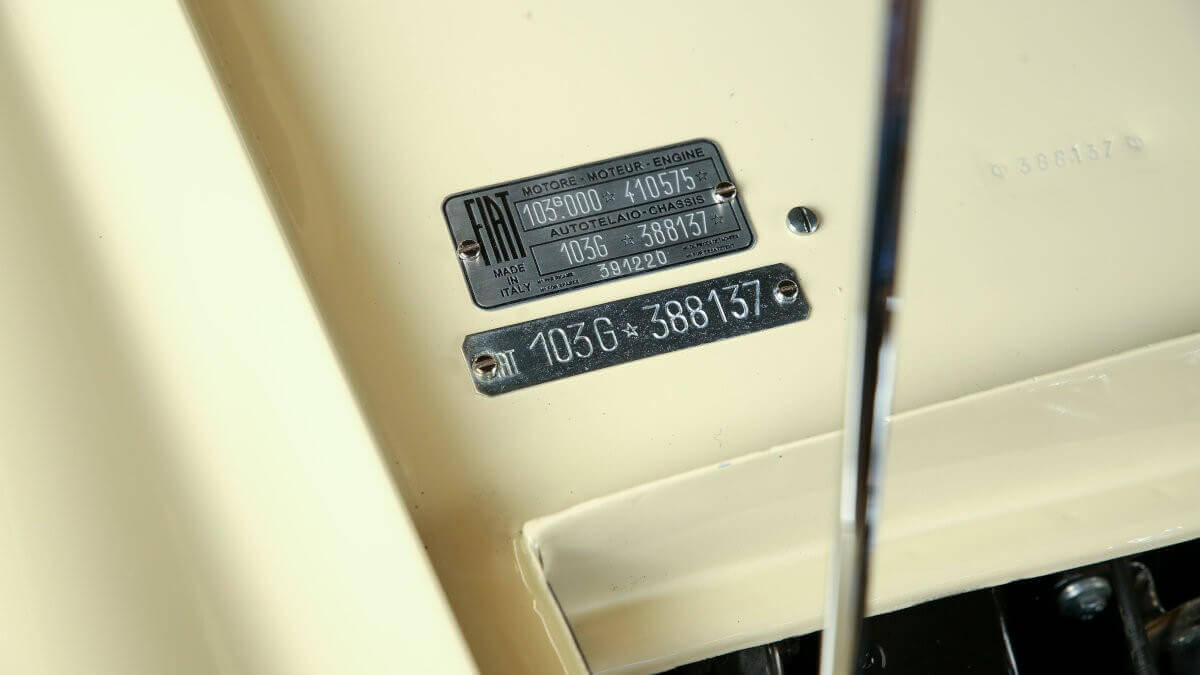



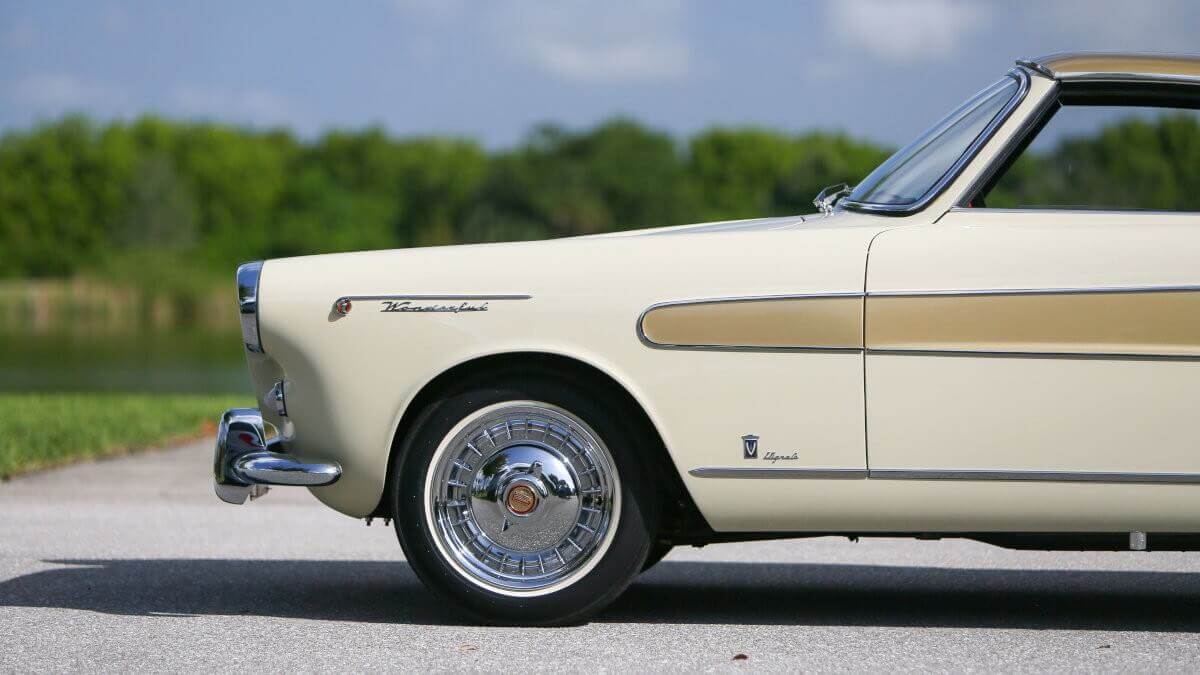



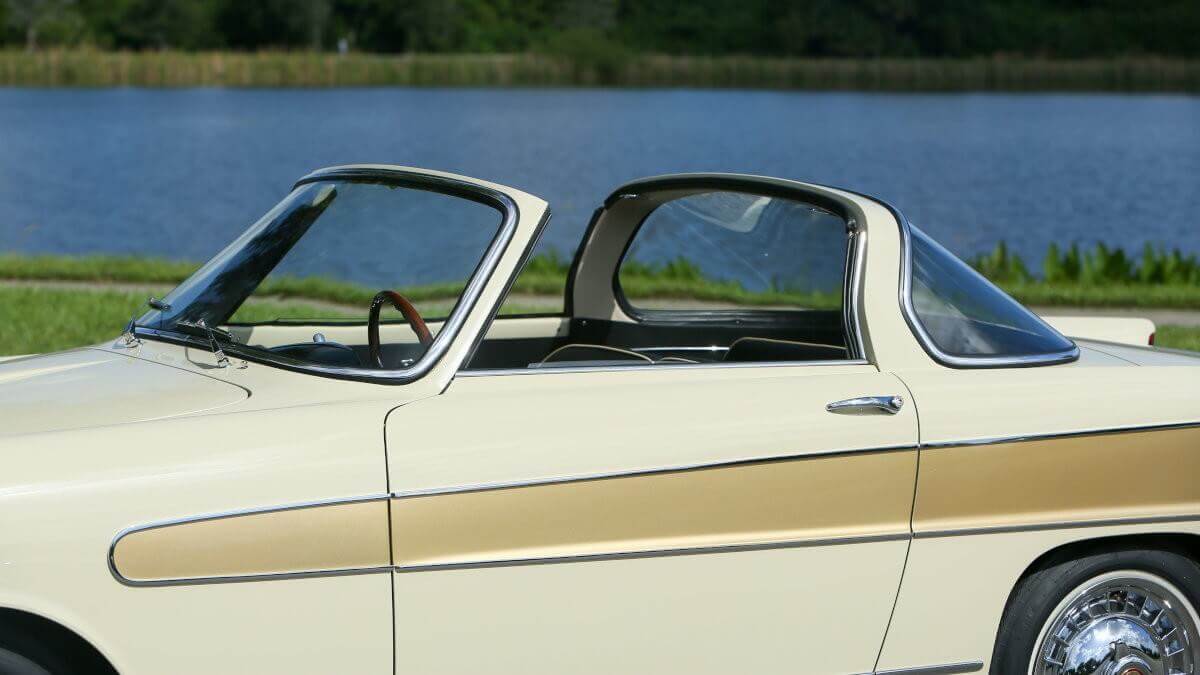



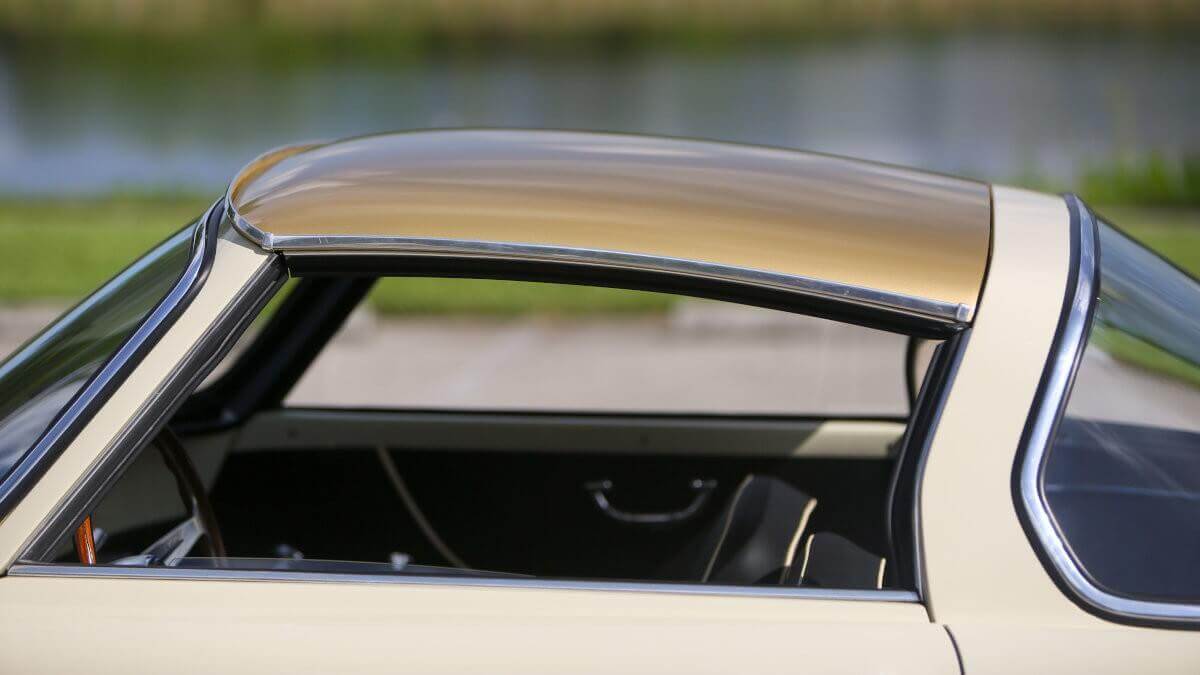



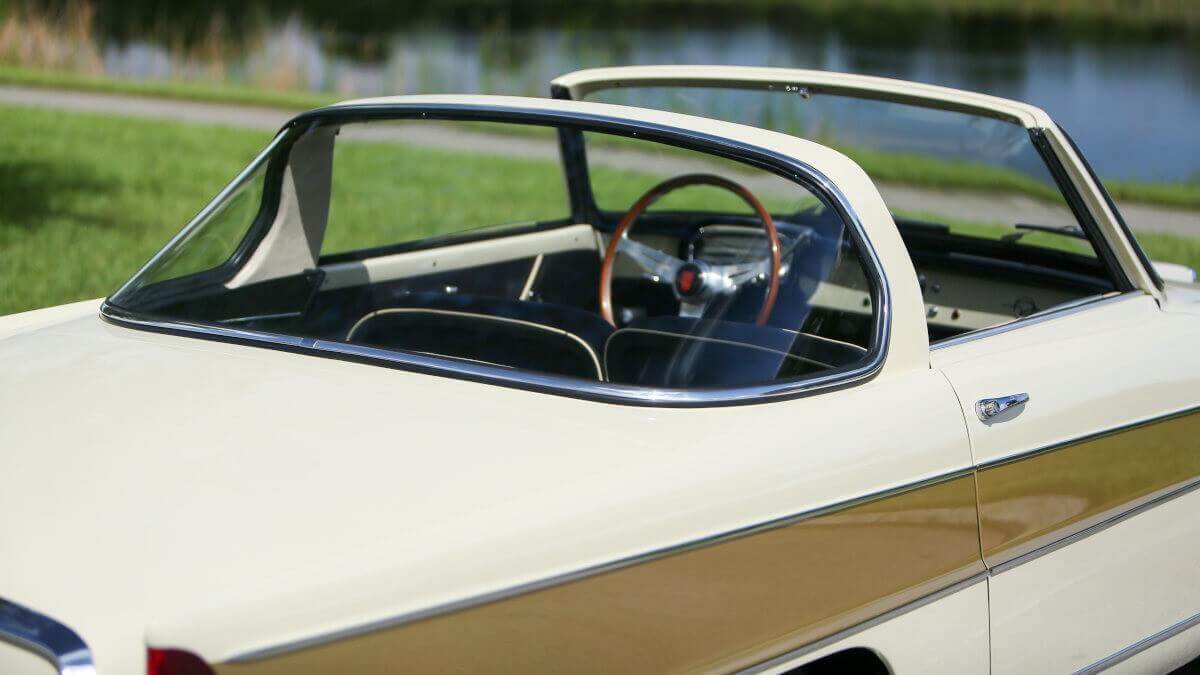



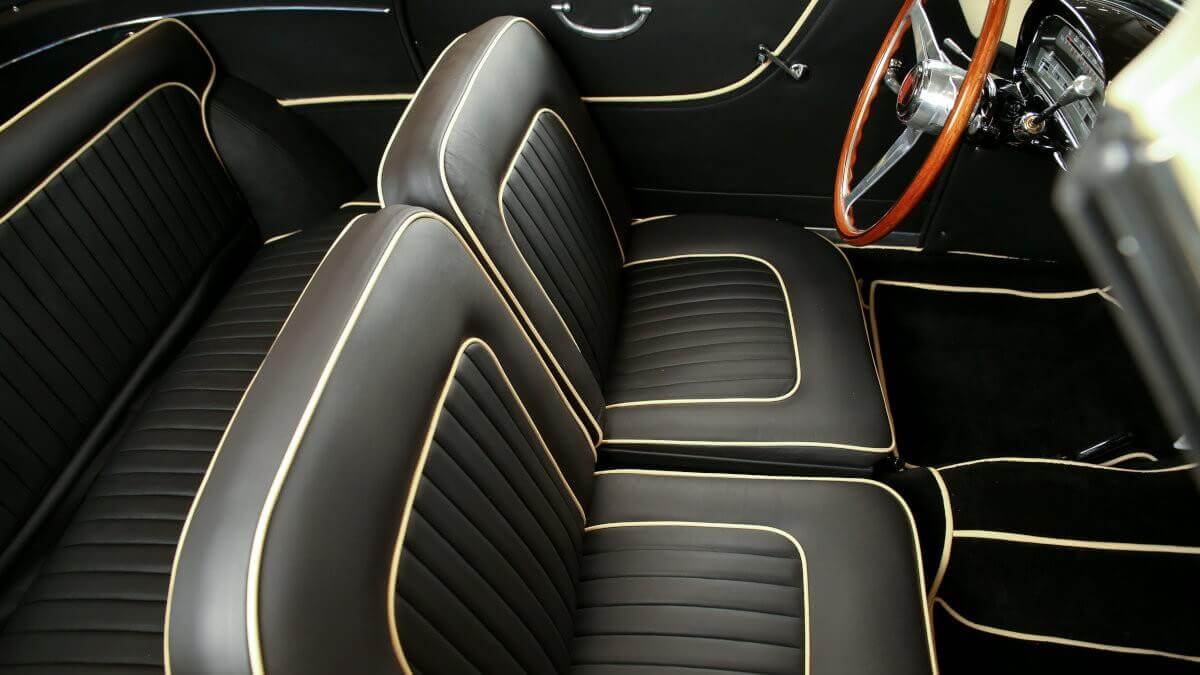



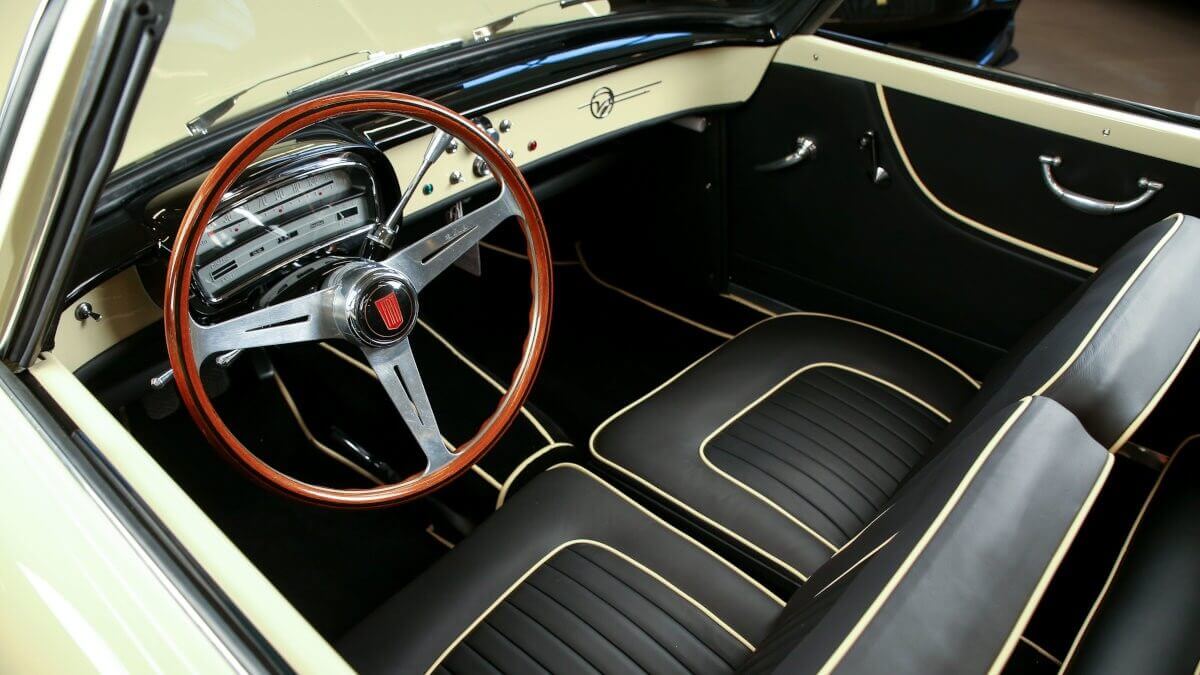



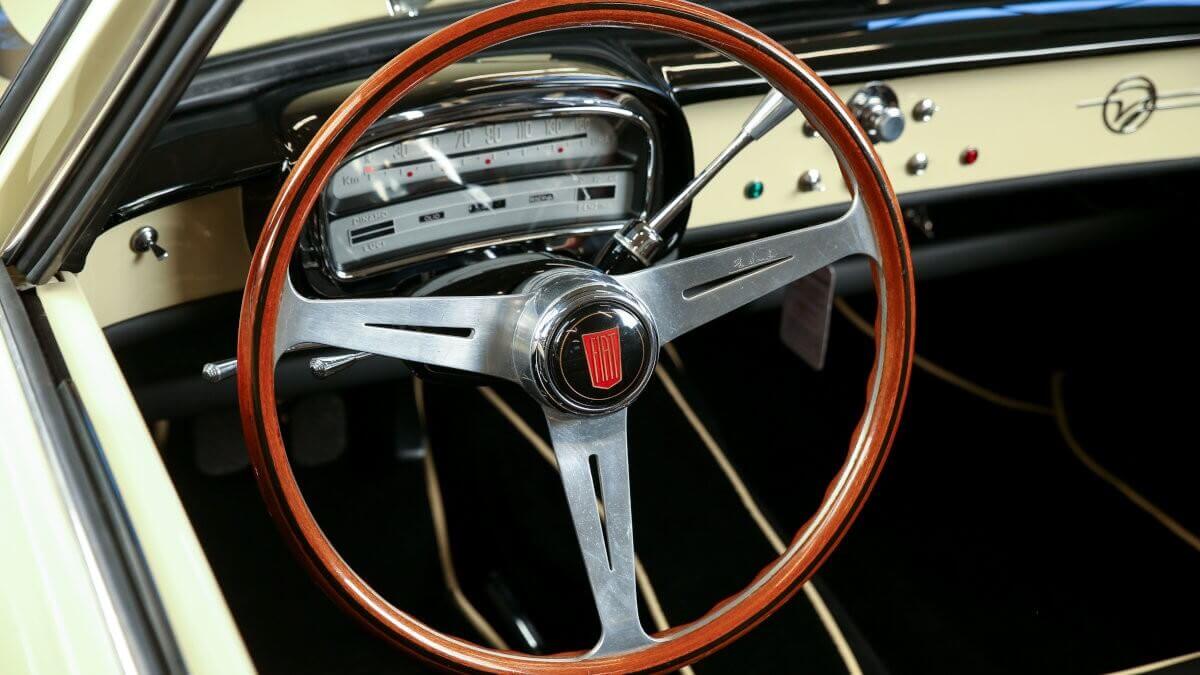



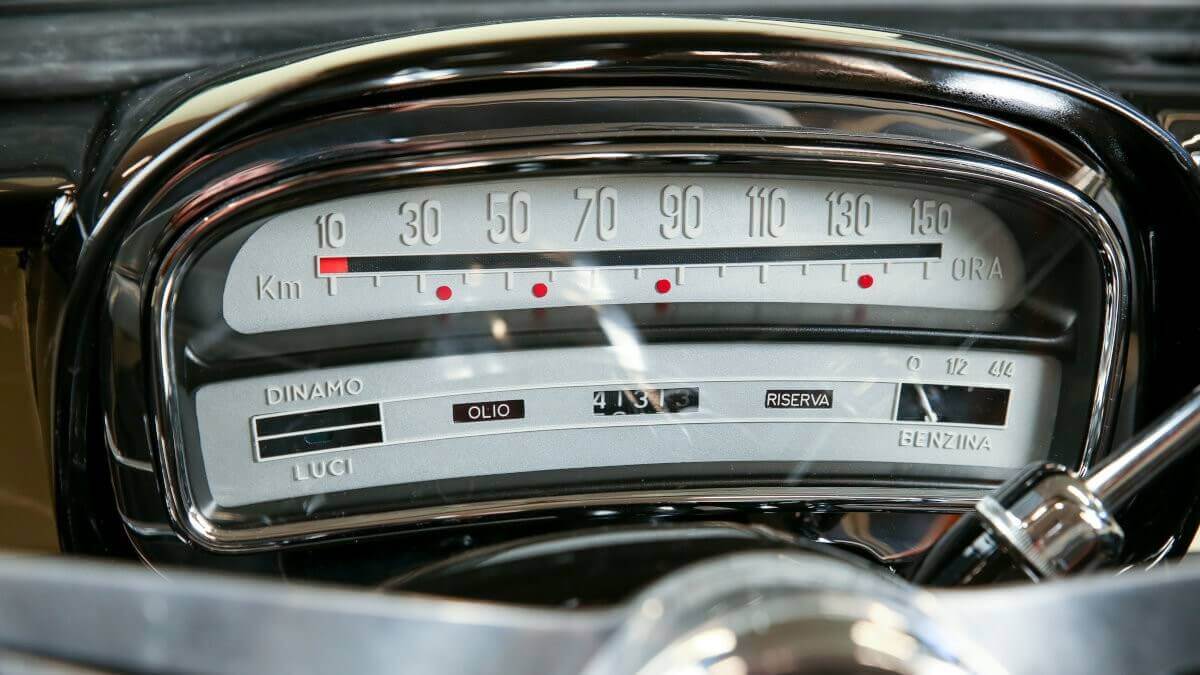



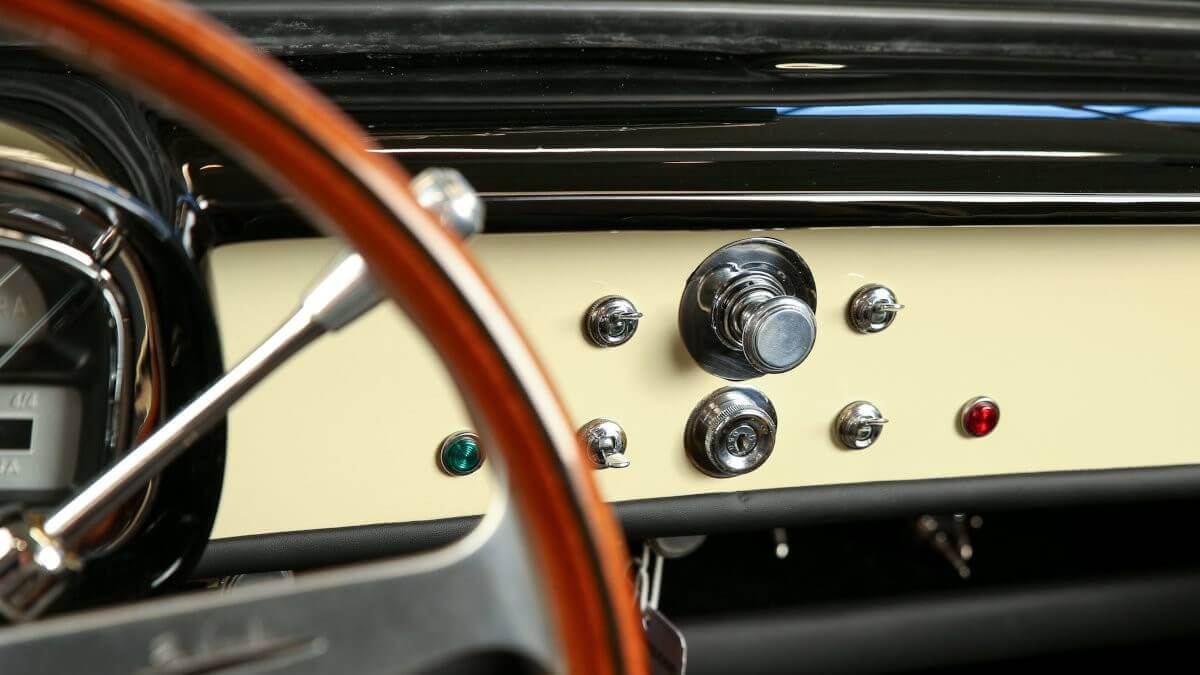



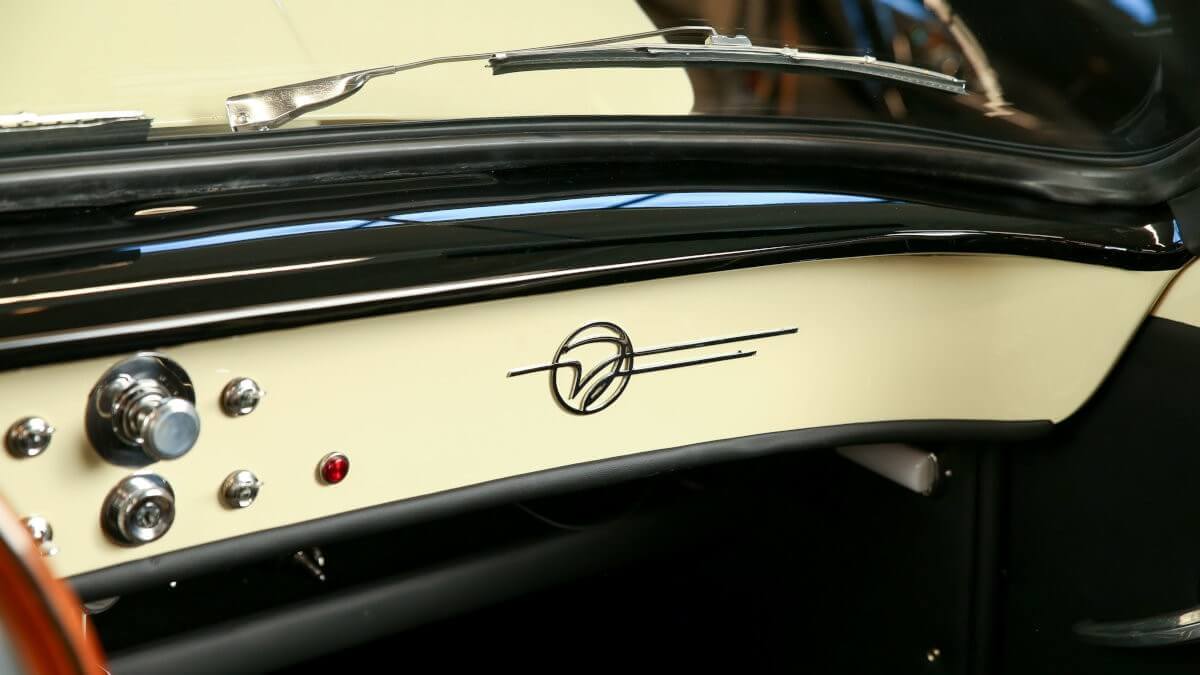



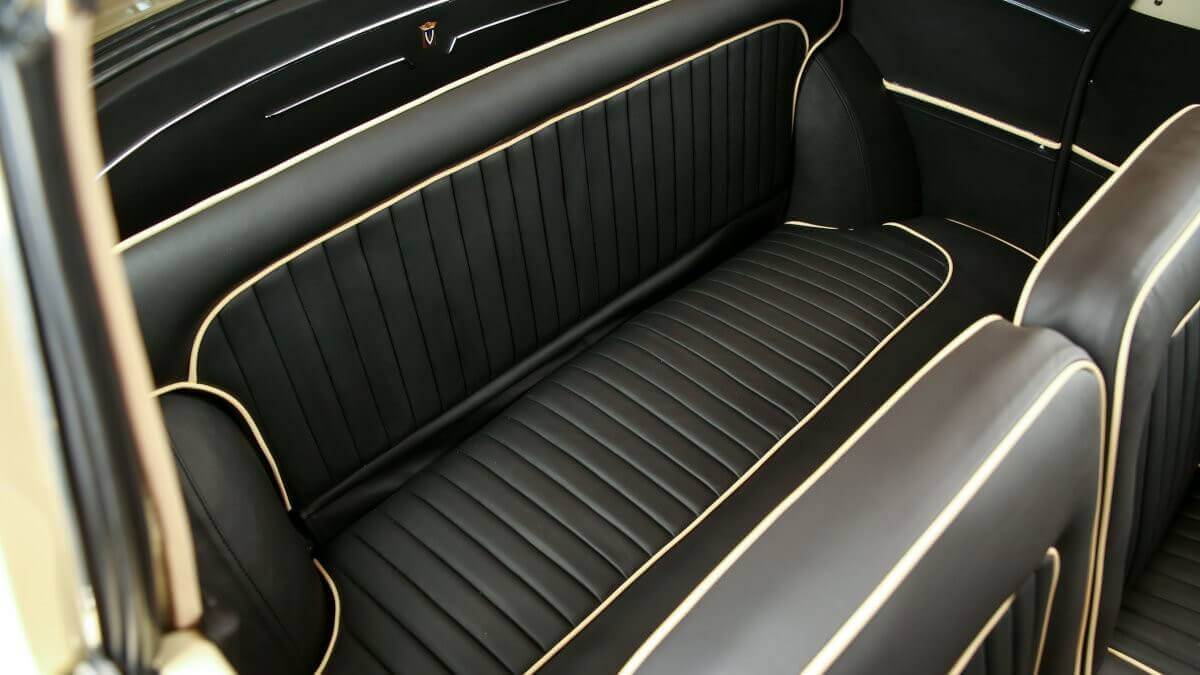



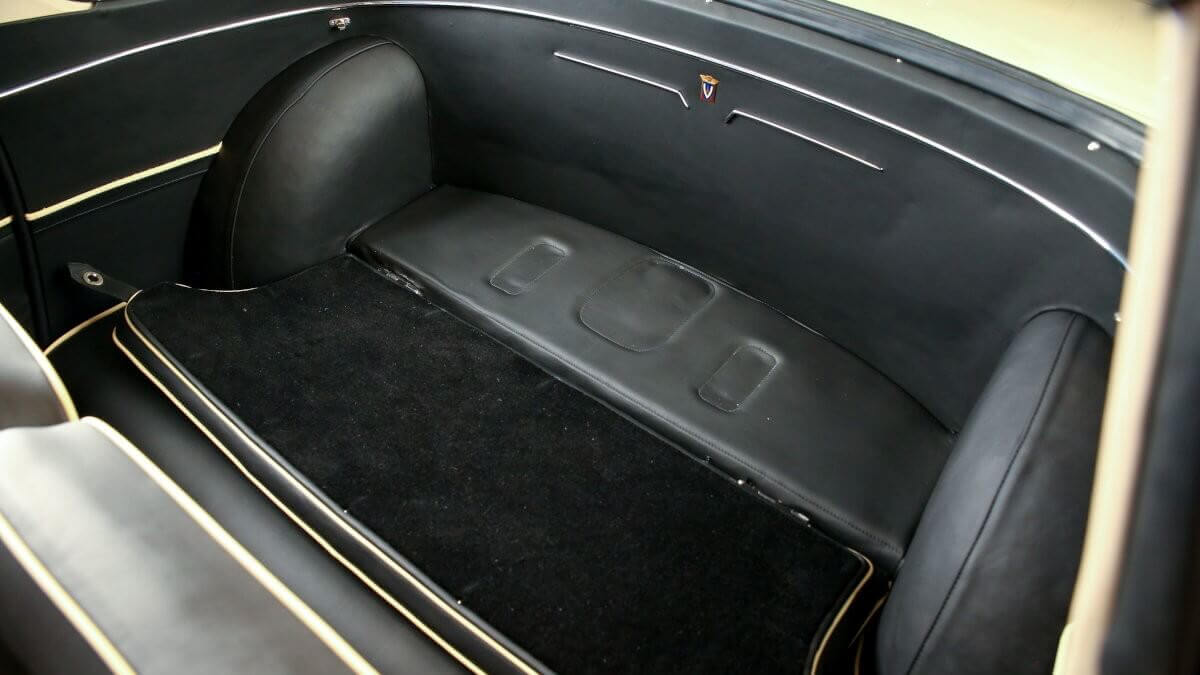



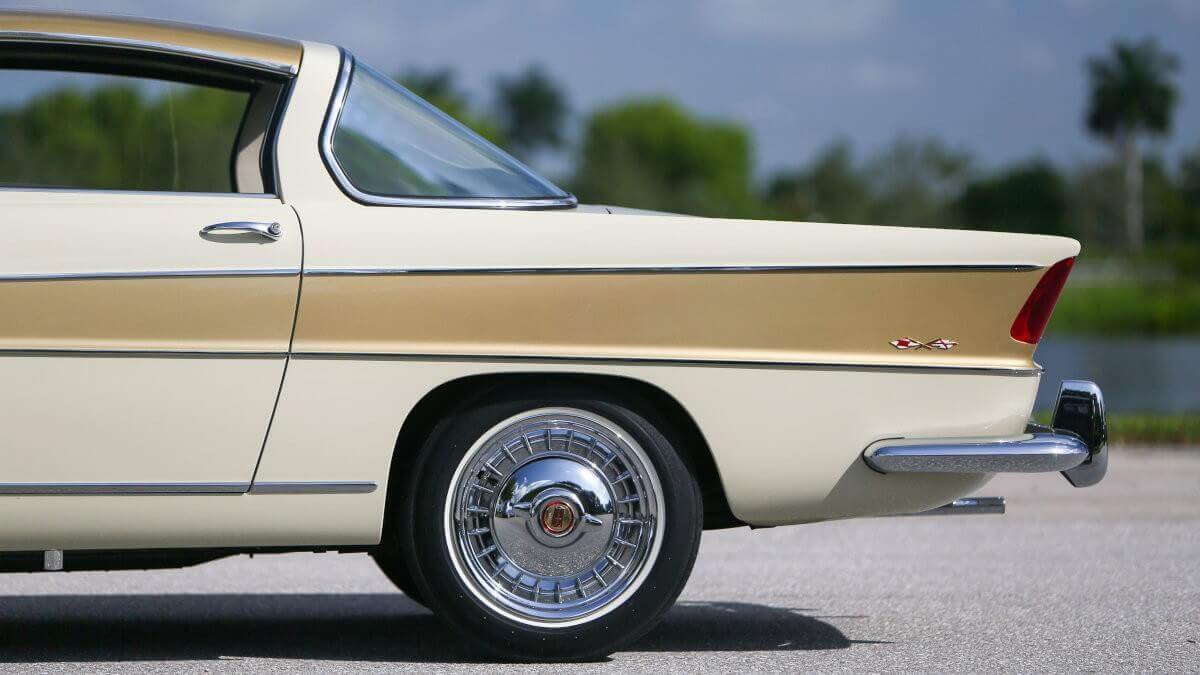



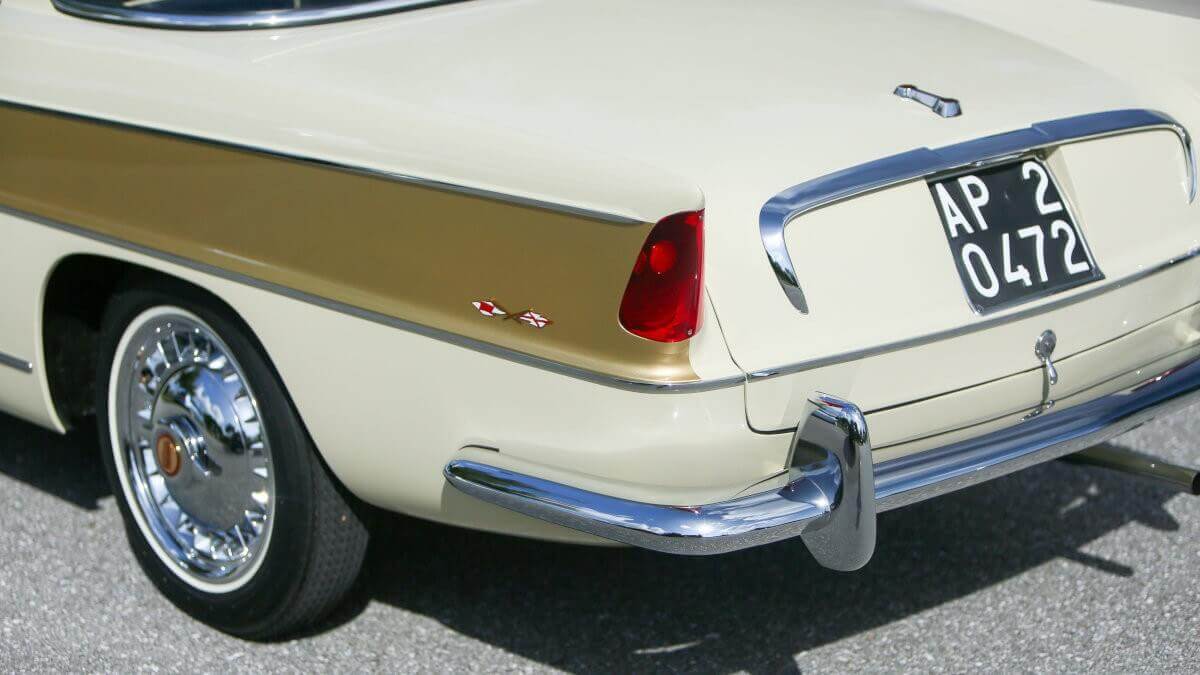



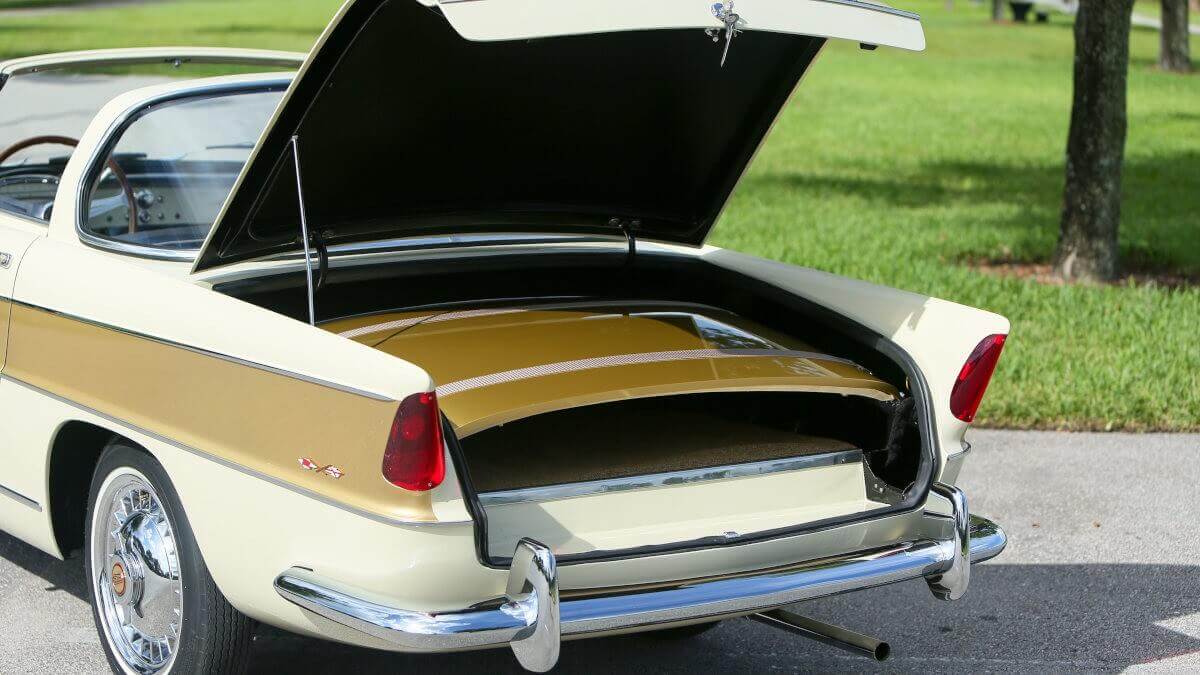



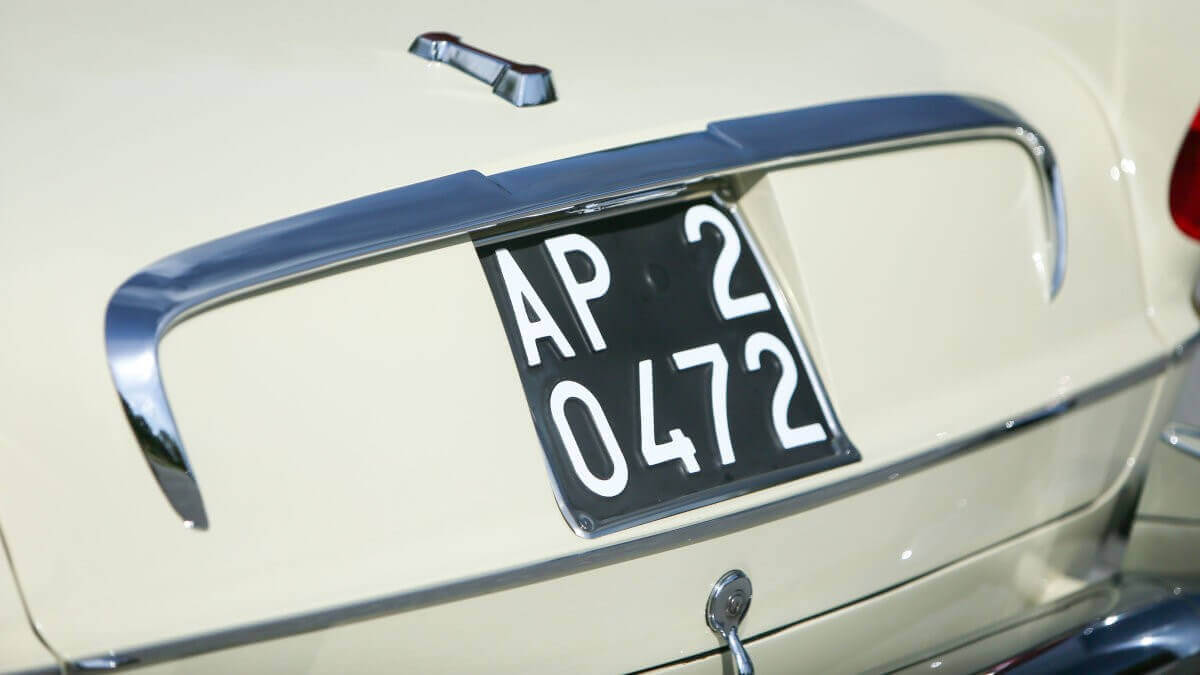



Unfortunately it isn’t known today how many copies of the Wonderful were made. However, at least five are still preserved in different states today. One car played a supporting role in the 1966 French film ‘Les Combinards’. On 14 and 15 August, RM Sotheby’s will auction off a superbly restored Fiat 1200 Wonderful by Vignale as part of the ‘Shift/Monterey’ online auction, which has been set up in place of the live auction that would have taken place at the same time during the Monterey Car Week. In ivory white with bronze accents and black interior with ivory piping, this car skilfully carries the late 1950s into the present day. So far, RM Sotheby’s hasn’t yet given any information about the expected estimate.
In 1961, Vignale opened an approximately 12,000-square-meter production hall in the immediate vicinity of Fiat’s Mirafiori plant in Turin. Here it was intended to take over small series production for various manufacturers, which other coachbuilders such as Bertone or Pininfarina had long since done. The main focus was now on Fiat products, whose frames and platforms often simply had to be pushed down to road. Besides beautiful coupes and convertibles, sedans, vans and commercial vehicles as well as special vehicles were also created. For Maserati they took over the production of the 3500 GTI Sebring and the 3500 GT Spyder and for Lancia the production of the Appia and Flavia. In addition, the company continued to produce independent concept cars and prototypes that caused a sensation at motor shows worldwide. In the mid-1960s, the company first worked with Jensen, producing the bodyshells for the Interceptor, which was designed by Touring, before getting involved with the shady Greek-Cypriot businessman Frixos Demetriou, who set up the distribution of Vignale vehicles in the UK. He ordered four different model series with Fiat technology, but in 1969 he increasingly lost interest in car sales.
In the same year Vignale designed a model that later became the 613 for Tatra, which only went into series production in 1974 and was produced until the 1990s. The Vignale company hadn’t existed that long. Traditional handcraft cars were too expensive, the big car companies preferred to produce even small series models themselves and so Alfredo Vignale sold his premises to Alejandro de Tomaso in late 1969. A few days later he was killed in an accident near his former factory. Between 1971 and 1974 the mid-engine sports car Pantera rolled out of the halls, then De Tomaso sold Vignale and the company Ghia, which he had also bought up, to the Ford group, which finally closed the factory.
Images: RM Sotheby’s




